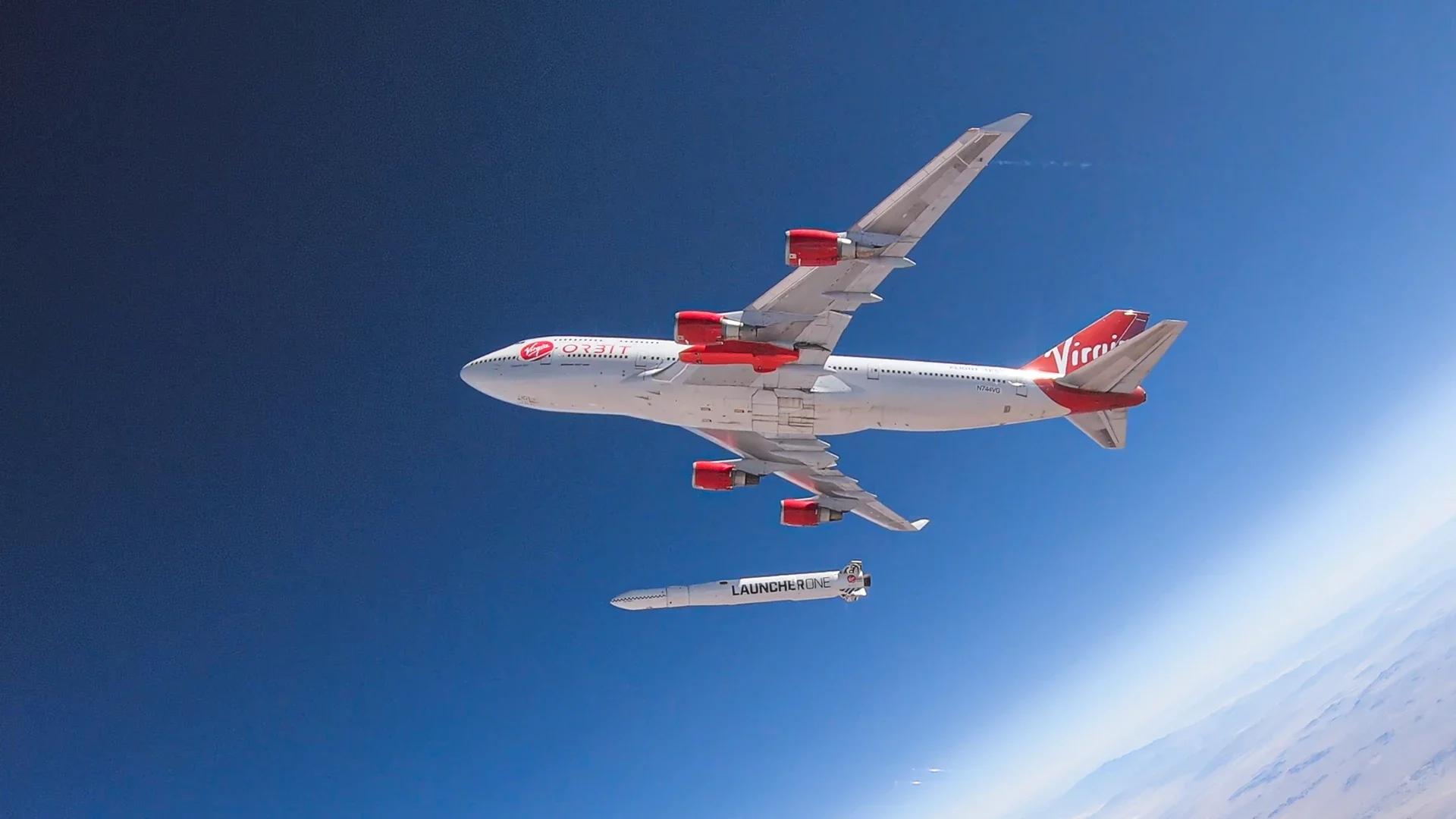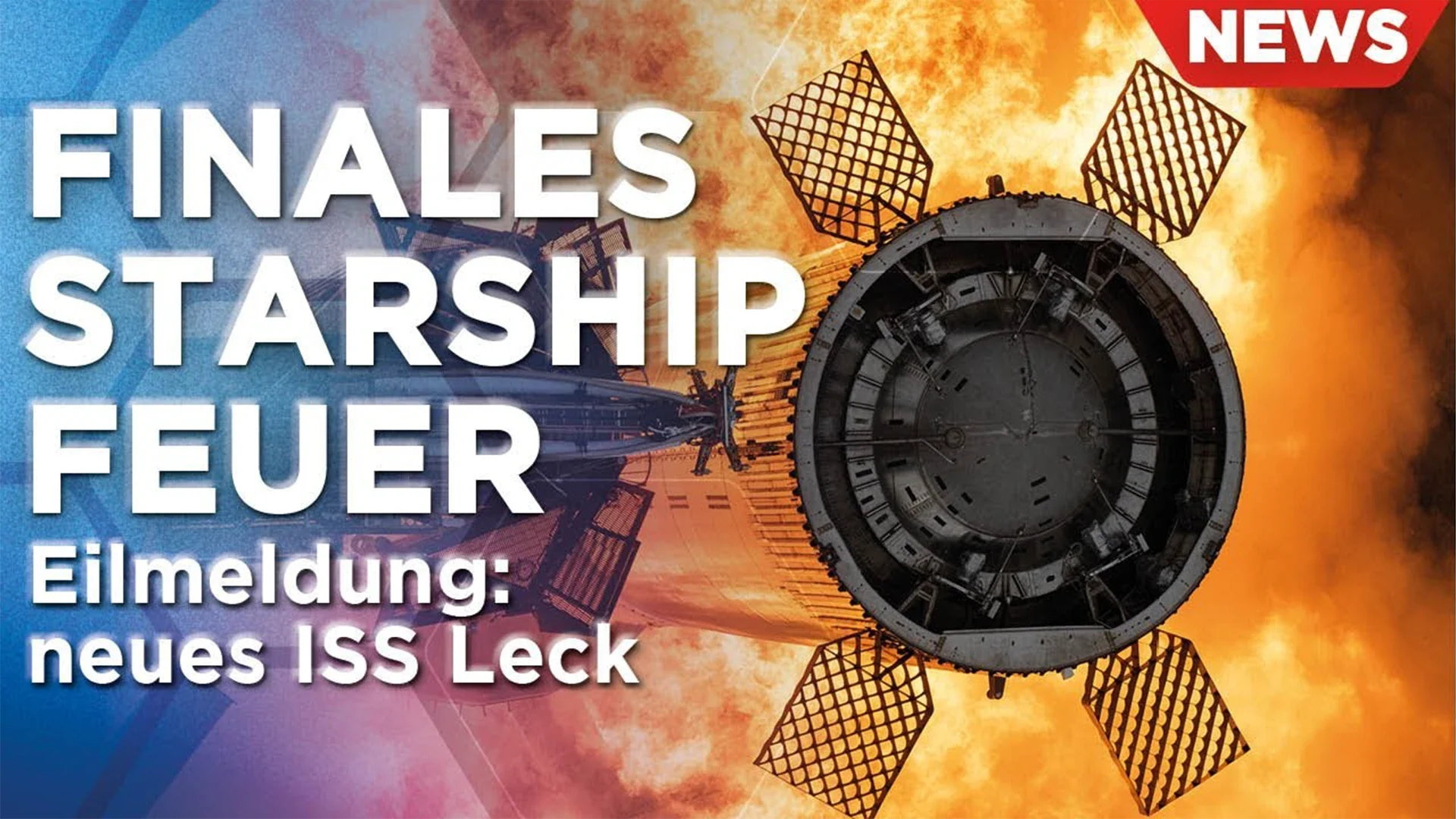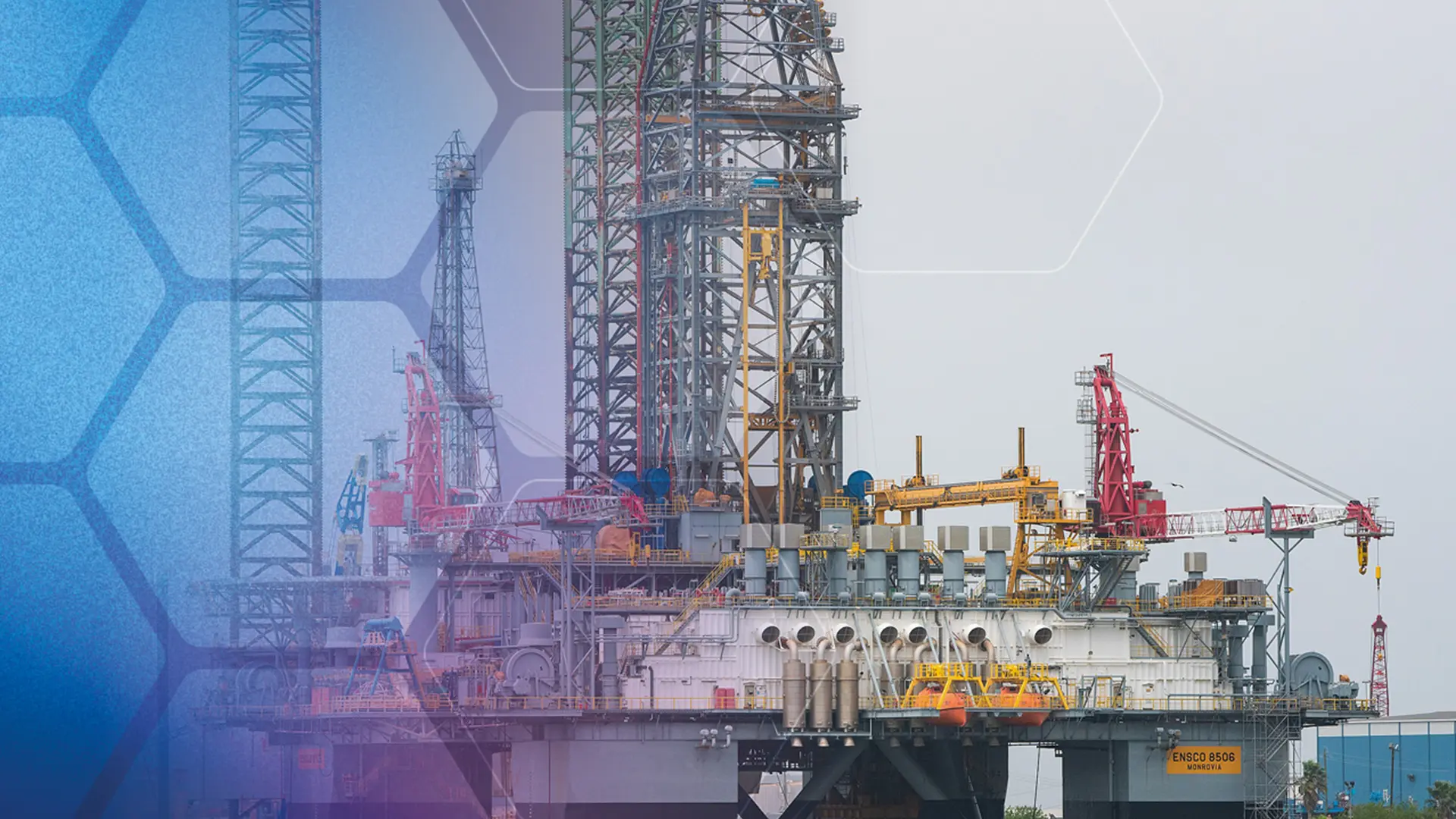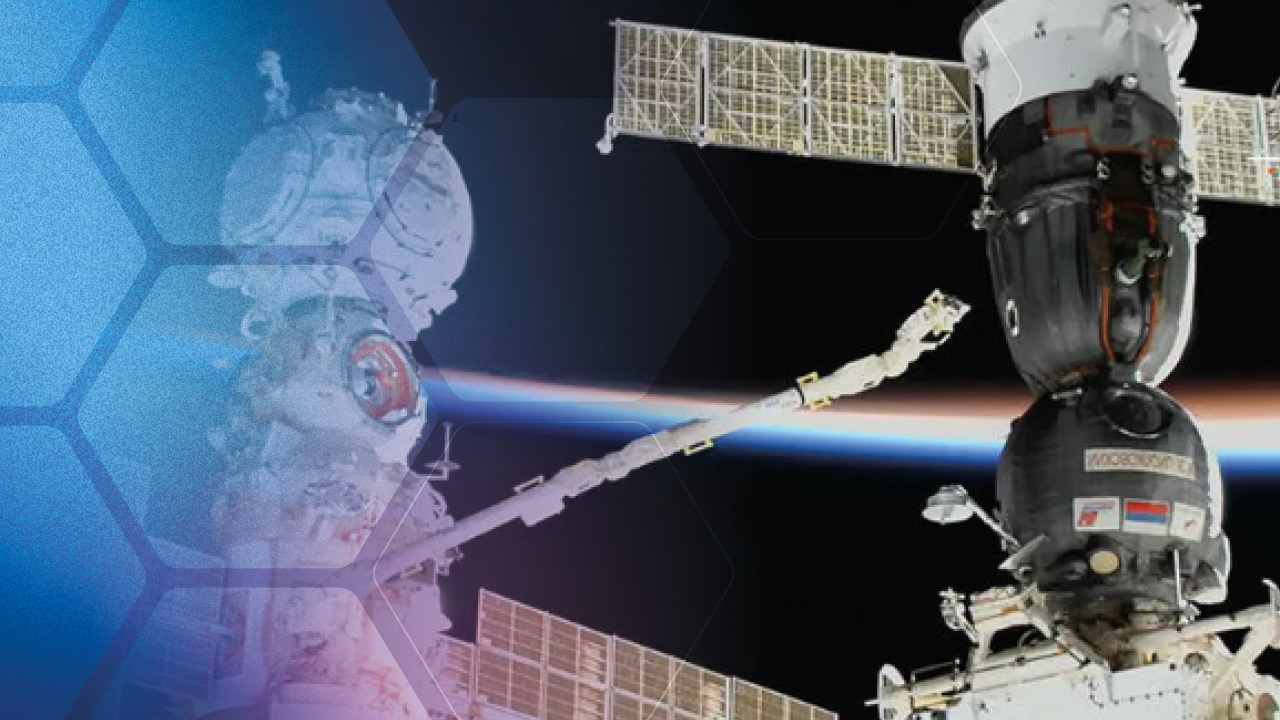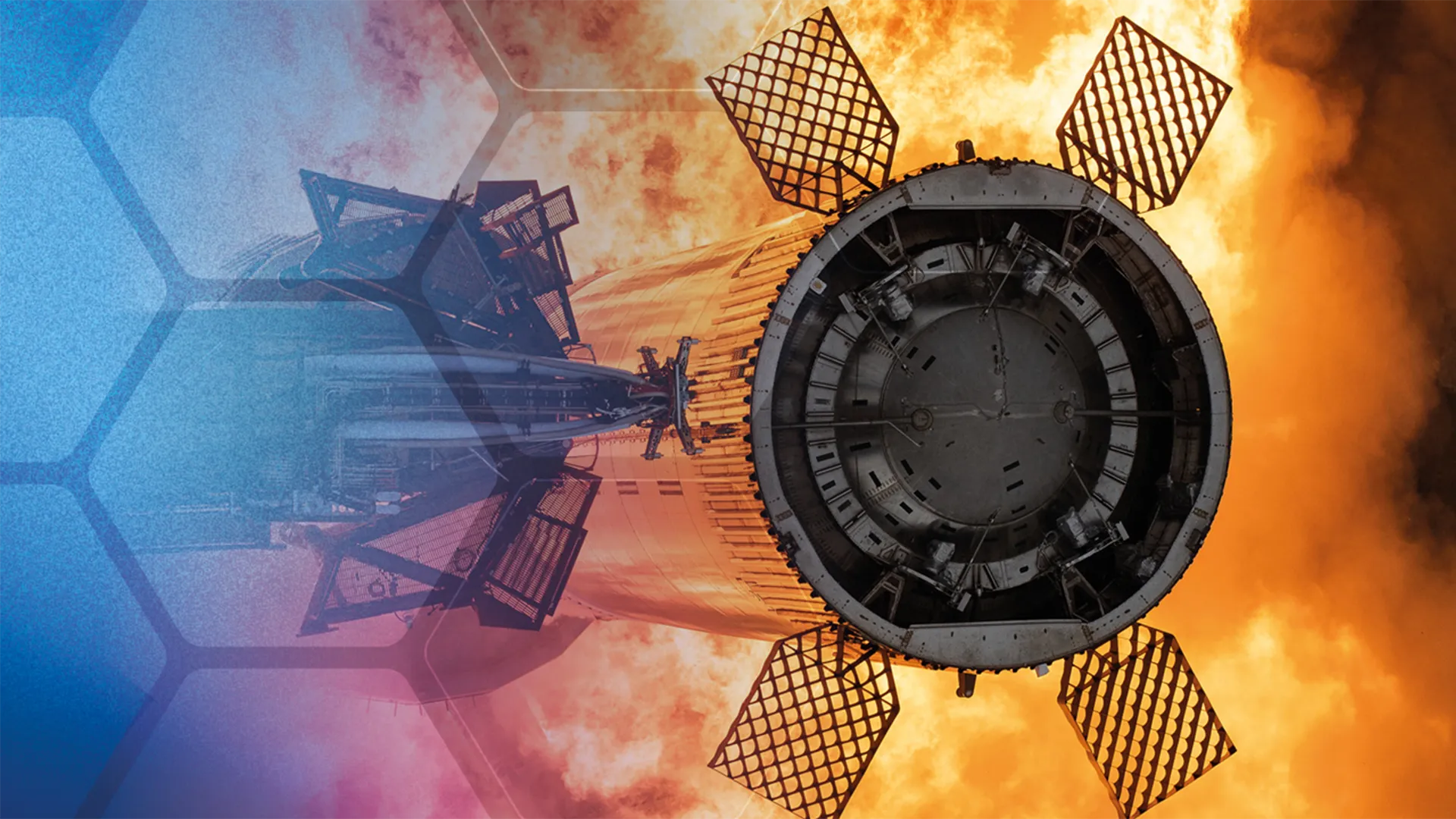
Senkrechtstarter News 06/2023
This Space News was published on Mon, 13.02.2023 – 10:23 CET in collaboration with SenkrechtstarterLast week's rocket launches
Adam Spice (Rocket Lab): "SpaceX rideshare mission increase cost pressure on microlauncher".
Dan Hart (Virgin Orbit): "$100 part could be reason for failure of 'Launch Me Up'"
Starship achieves milestone
Elon Musk is watching Static Fire at NASASpaceflight
No new record despite 3,600 tonnes of thrust
Gwynne Shotwell: "Final test before orbital flight of Starship".
Artemis 3: Landing on the moon with Starship
100 Falcon 9 starts in 2023, 100 Starship launches in 2024
Last week's rocket launches
Elektro-L n°4 | Proton-M/DM-3 | 05.02.2023, 10:12 MEZ
Site 81/24, Baikonur Cosmodrome, Kazakhstan
The target of this launch was the geostationary orbit of the Russian meteorological satellite Elektro-L n°4. From this distance, it can take an image of the entire Earth every 30 minutes. The resolution (GSD) is 1 km in the visible and 4 km in the infrared. Elektro-L is also equipped with receivers for the SARSAT-COSPAS emergency system.
Amazon Nexus | Falcon 9 Block 5 | 07.02.2023, 02:32 MEZ
SLC-40, Cape Canaveral SFS, Florida, USA
After a delay, SpaceX launched the Amazon Nexus satellite into geostationary orbit on Tuesday. This High Throughput Satellite (HTS) combines Ku- and Ka-band to optimise communications and multiply capacity. The secondary payload is Pathfinder 2, a technology demonstrator for affordable and resilient broadband alternatives for satellite communications.
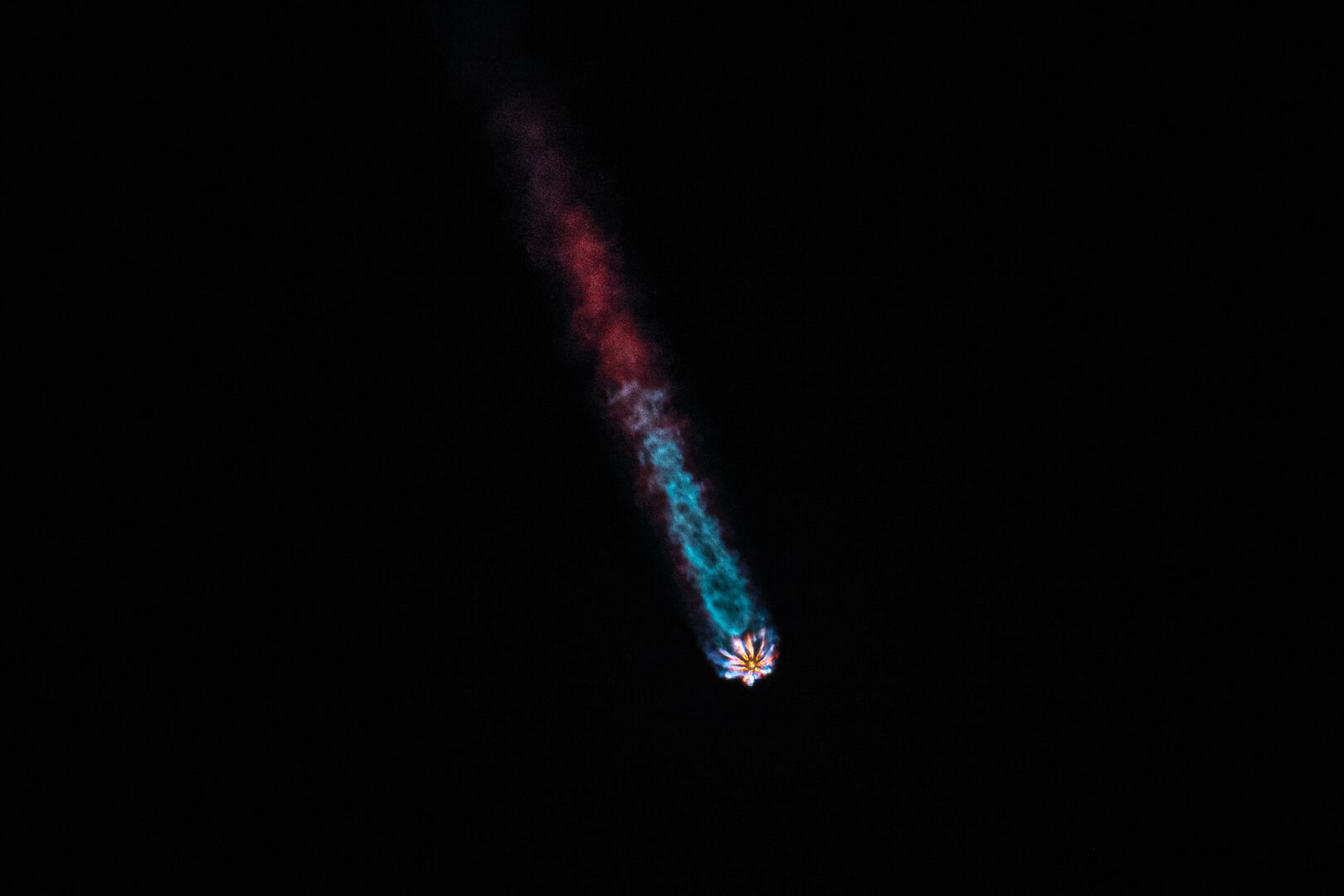
EOS-07, Janus 1, AzaadiSAT-2 | Small Satellite Launch Vehicle (SSLV) | 10.02.2023, 04:48 MEZ
First Launch Pad, Satish Dhawan Space Centre, Indien
After the failed first launch in August 2022, the SSLV was successfully launched into orbit. The main payload was the 156 kg Earth observation satellite EOS-07. In addition to the smallsat AzaadiSAT-2, the first cloud satellite Janus-1 was also on board. This is equipped with technology from Morpheus Space, among others.
SmallSat Symposium 2023, Silicon ValleyMountain View, CA

© Official Rocket Lab Photos
Adam Spice (Rocket Lab): "SpaceX rideshare mission increase cost pressure on microlauncher"
At the SmallSat Symposium, Adam Spice, CFO of Rocket Lab, commented on SpaceX's rideshare missions. They have taken so much volume out of the market that there could be a real bloodletting of launcher providers. He also said that they had massively underestimated the development of their own launch system.
Dan Hart (Virgin Orbit): "$100 part could be reason for failure of 'Launch Me Up'"
In Silicon Valley, Dan Hart, CEO of Virgin Orbit, also commented on the failure of the Launch Me Up mission. There is no final report yet, but everything points to a $100 component as the cause. It is likely that a small filter in the 2nd stage engine came loose and caused damage to the engine, which could have led to the loss of the rocket.
SpaceX Starship-News

Starship achieves milestone
It had already become apparent: The SpaceX Starship has passed an important milestone. Prior to the launch, Elon Musk and senior SpaceX officials had talked about testing all of Starship Booster 7's engines. So far, only 14 of the 33 Raptor engines have been fired. The first hints of the upcoming test came at the Federal Aviation Administration's Commercial Space Transportation Conference on 8 February. There, SpaceX president Gwynne Shotwell announced the static fire for Thursday, 9 February 2023.
During the test itself, Starship was no longer the largest rocket ever. This is because SpaceX had removed the second stage - the actual Starship - from the first stage - the booster. However, at 69 metres tall, it is still impressive and is currently only surpassed by the Falcon 9 (70 m, SpaceX), the Delta IV (63-72 m, United Launch Alliance) and the Space Launch System SLS (98-111 m, Aerojet Rocketdyne, NORTHROP GRUMMAN, Boeing and United Launch Alliance). The total height of the rocket and spacecraft is 120 metres.
Elon Musk is watching Static Fire at NASASpaceflight
A first attempt at fuelling was probably aborted on Thursday evening. It started again around 21:00 CET. This was already clearly visible on the livestreams. Frost marks appeared on the stainless steel tank walls. This is normal for rockets using cryogenic propellants. Cryogenic refers to substances, processes or properties associated with extremely low temperatures. While oxygen and methane are gaseous under "normal" conditions, they become liquid below their boiling point. Depending on the pressure, this is -183°C for oxygen and -161.6°C for methane. These low temperatures also cool the walls of the rocket, causing moisture to condense on the outer wall and form ice.
When Elon Musk tweeted that he was watching the test, the community knew it was going to be hot! But first, the 33 Raptor engines had to be cooled. This was to prevent the overheated cryogenic fuel in the engines from suddenly turning into gas. Shortly after 22:00 CET, sirens sounded in Boca Chica, Texas, USA, and SpaceX began a previously unannounced livestream.
No new record despite 3,600 tonnes of thrust
A 40-second countdown was then displayed, but this proved to be less than accurate. At T -16 seconds, the engines began firing for about 6 seconds. During the livestream, the power was less impressive than in the subsequent images of the drones. It is noteworthy that SpaceX did not use flamediversters or a large noise suppression system. Both had been the subject of extensive and heated debate. Flames could be seen in the footage even after the engines had actually shut down. Depending on the size of the nine metre diameter booster, they are the size of houses.
As Elon Musk announced after the test, only 31 of the 33 engines fired during the static fire. One had failed before the test and another during the test. Nevertheless, the remaining Raptor engines produced about 3,600 tonnes of thrust. According to SpaceX, this is less than half of the total capacity. According to Elon Musk, it would have been enough to reach orbit. In addition, the ability to compensate for failed engines in flight is repeatedly cited as a feature of SpaceX's Falcon 9 and Falcon Heavy.
Immediately after the static fire, there was some discussion about where this test should be ranked in terms of thrust. It is clear that Booster 7 has significantly more thrust than the Saturn V of NASA's Apollo programme. However, the record for a rocket that has also flown into space is currently held by the SLS of the current Artemis missions. Meanwhile, the record for a rocket launching into space was held for 50 years by the Soviet N1. It had 4,500 tonnes of thrust, but never reached orbit and was retired due to failures.
Gwynne Shotwell: "Final test before orbital flight of Starship"
Gwynne Shotwell, president and COO of SpaceX, said this was the last test before an orbital flight. However, approval from the US Federal Aviation Administration (FAA) is still pending. In June 2022, SpaceX received a number of conditions that have so far stood in the way of a launch licence. One of the most critical is an environmental review - and during the recent static fire, numerous birds were again observed to be startled by the test. However, SpaceX has worked through all the mitigations, Shotwell said. She believes they will be ready for an orbital attempt as soon as SpaceX receives its launch licence from the FAA. Shotwell roughly confirmed rumours that this will happen between late February and March.
According to Shotwell, SpaceX knows how to get into orbit. But that is no guarantee that the first orbital flight will be a success. The primary goal for the first flight of the entire system is not to blow up the launch pad. That would also be a major economic setback for the space pioneer. It is estimated that SpaceX has invested around $1 billion in the facility in the Gulf of Mexico. The fact that such a large sum is on the books is mainly due to the intention of Starbase: to create the conditions for a spacecraft that can be quickly and completely reused.
Artemis 3: Landing on the moon with Starship
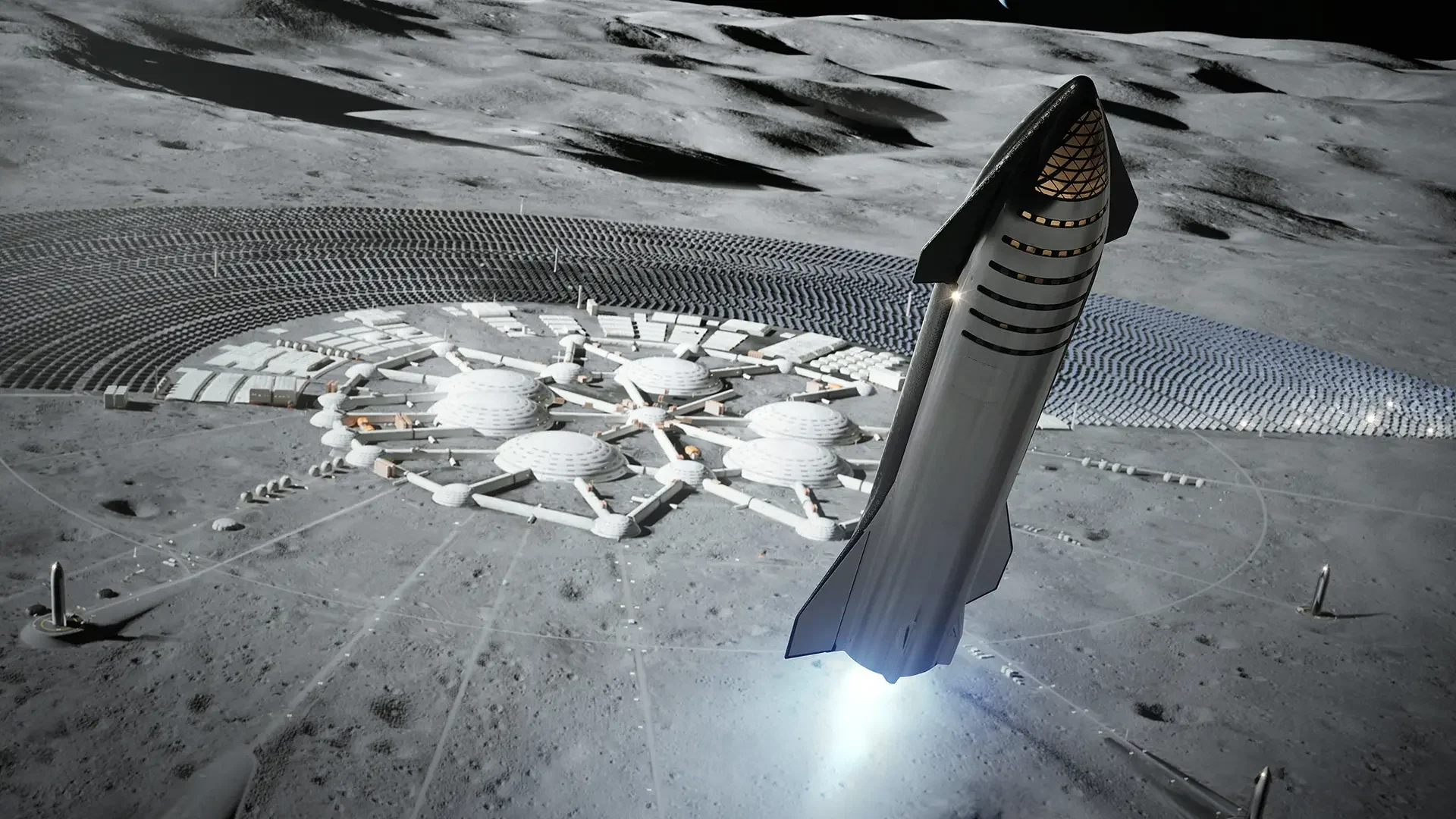
In his presentations on the reusability of rockets, Elon Musk repeatedly uses the analogy of aeroplanes. These would be refueled and reused after landing, rather than being discarded after each flight. And Shotwell also uses this easy-to-understand example. She says the Starship will be operated much like an aeroplane, with dozens, if not hundreds, of take-offs a day. Of course, there is still a long way to go before that happens - and certainly not past the FAA. But even if these statements are very optimistic, SpaceX has already sold astronaut flights on the Starship. NASA also has enough confidence in the Starship to use it as part of the Artemis 3 mission. Although the crew will not launch on a Starship, but on an SLS and Orion, SpaceX's Human Landing System (HLS) - a modified version of the Starship - will land on the Moon.
100 Falcon 9 starts in 2023, 100 Starship launches in 2024
For all the enthusiasm, it is important not to get too euphoric. Gwynne Shotwell has also put the brakes on. In an interview with Spacenews.com, she said she did not expect to see the first crewed flight for at least 100 flights without humans on board. These numbers seem staggering given the number of rocket launches that have taken place. But for 2023, the goal is 100 launches of Falcon rockets, she said. For 2024, it could be 100 Starship launches. But she does not expect that to happen until 2025.
SpaceX founder Elon Musk is much more optimistic. Asked when humans would be on Mars, he said he thought it was possible in five years, but more likely in ten. According to the "common conversion from 'Elon time' to standard time" (E = 2.72), that would be between 13.6 and 27 years. But whether humans will really be on the move on our neighbouring planet by 2036 remains to be seen. It is much more realistic to assume that the time will come in 2050.



